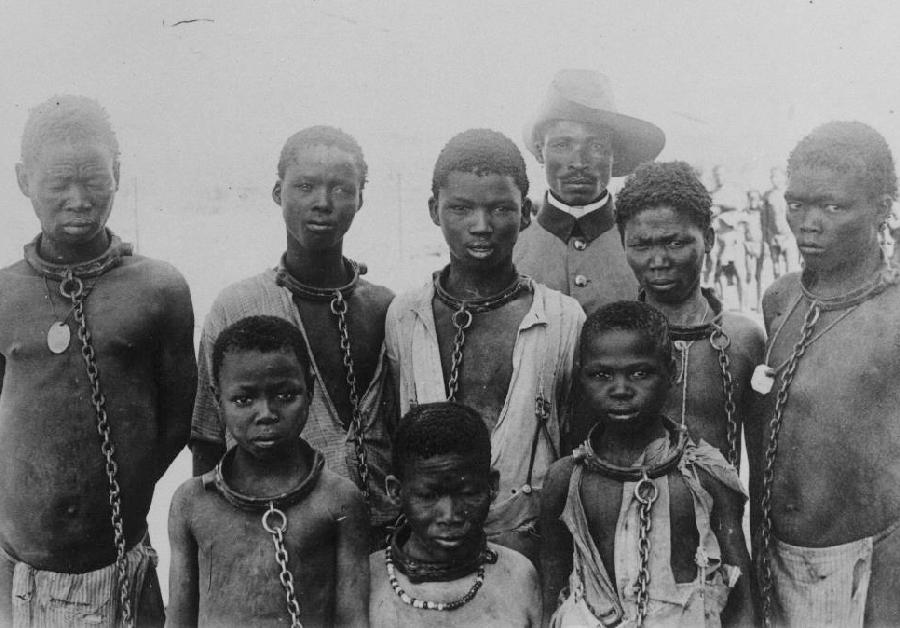
Figure 1.--General Lothar von Trotha oversaw the suppression of the Herero people after te rebellion (1904-07). Outside of the Belgian colonial regime in the Congo, it ws perhaps the most brutl European colonial action in Africa. |

|
German authorities brutally supressed native uprisings. The first Hottentot Uprising (1893-94) was followed by the Herero Wars (1904).
Europeans referred to the Khoikhoi as Hottentos. They were the native people of southwestern Africa, closely related to the Bushmen (or San people). They are also referred to as the Nama because of the language they speak.
The Khoikhoi tribal leader Endrik Witbooi led the first Hottentot Uprising (1893-94), This was followed by a number of other incidents. of the occurred.
The most important was the Herero Wars (1904). It is some times referred to as the Herero Genocide because of the German response in supressing the revolt. The Herero were a Bantu people. The insurgency was led by Hendrik Witbooi and Jakobus Morenga (the black Napoleon).
The insurgents began by attacking the remote, unprotected farms of German settlers. About 150 German settlers were killed. The Nama also entered the struggle. Because of the large area involved, the colonial Schutztruppe of 766 Germans and and native auxiliary was unable to contain the the Herero insurgency. They even managed to reach Okahandja and Windhoek. They demolished the important railway bridge to Osona.
In total, between 25,000 and 100,000 Herero, more than 10,000 Nama and 1,749 Germans died in the conflict.
The Germans dispsatched 14,000 troops to the colony under the command of Lieutenant General Lothar von Trotha. The insurgents foolishly fought a comnventionl battle and were destoyed at the Battle of Waterberg (August 1904). The insurgency continued at a low level. The Germans finally defeated the rebellion (1907–08).
Von Trotha delt with the defeated Herero harshly. He announced that they were no longer German subjects and ordering them to leave the colony, threatening to kill ny who remazined. The Herero were forced to leave therir farms and hide in the arid Omaheke region, ajoining the desolate Kalahari Desert. Many died of thirst. The Germans guarded the water sources and were ordered to shoot any adult male Herero who attmpted to get water.
Other natives were held in detention. Their treatment varied, but included dispossession, deportation, forced labor, and racial descrimination. [Kössler and Melber] Some survived as the Himba people.
Navigate the Children in History Website:
[Return to Main Germnan Southwest Africa Page]
[Return to Main individual German African colonies page]
[Return to Main German colonial page]
[Return to Main National Empires in Africa page]
[Return to Main Scramble for Africa page]
[Introduction]
[Biographies]
[Chronology]
[Climatology]
[Clothing]
[Disease and Health]
[Economics]
[Geography]
[History]
[Human Nature]
[Law]
[Nationalism]
[Presidents]
[Religion]
[Royalty]
[Science]
[Social Class]
[Bibliographies]
[Contributions]
[FAQs]
[Glossaries]
[Images]
[Links]
[Registration]
[Tools]
[Children in History Home]
